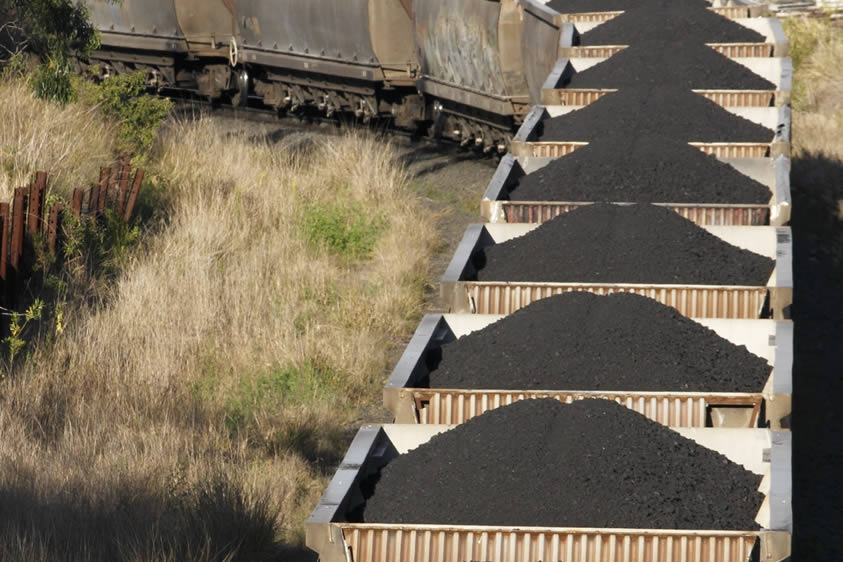Queensland At A Glance
Latest Releases
Feb 25
Mar qtr 25
Mar qtr 25
Feb 25
2023–24
2023–24
Population Counter
Listed below is the latest released estimated resident population of Queensland as at 30 September 2024.
This population counter shows an estimate of Queensland’s current population.
5,608,666








